This article was originally published by i-D Mexico.
Margaret Y Ya
Eduardo Peltier, 22 years old, Mexico City
Where do you live and why?
Mexico City. I’ve lived here my whole life, I’m a city girl.
What do you do?
I’m a designer and right now I’m working as a photographer.
How would you describe your character Margaret?
Margaret is a [satirical play] on all the lobukis, [or girls aspiring to be part of the upper class], born of the need I have to express my discontent with Mexico’s different social classes. I use comedy and derisive jokes to get my message across.
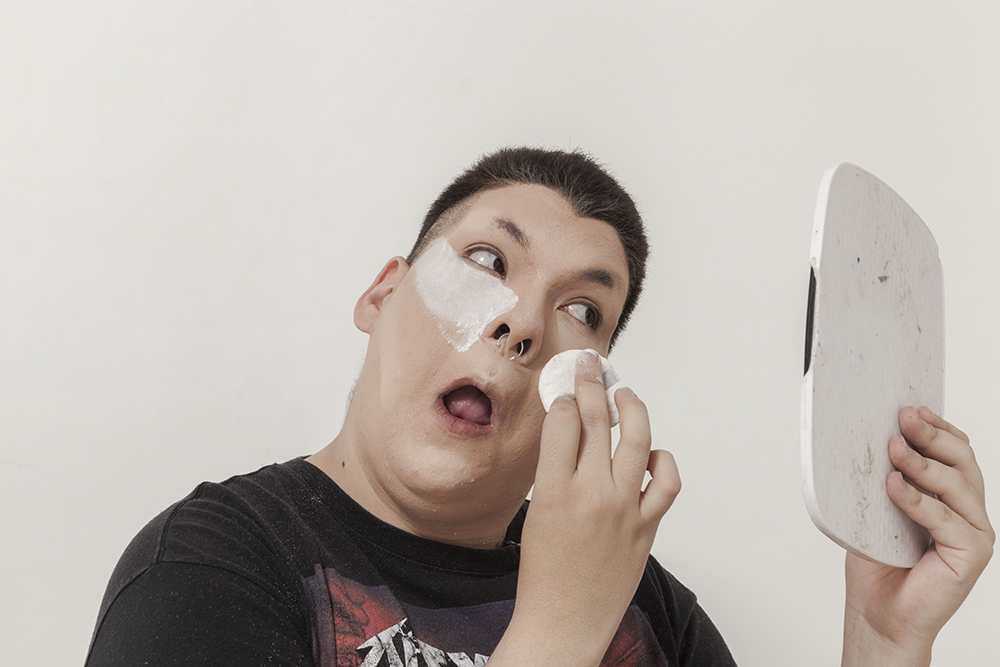
When did you start doing drag?
About two and a half years ago, at a party in the queer scene.
Where do you typically perform?
Right now, I work as a host at a bar in the city center, but I’m usually booked to do shows and be a host at events and other bars.
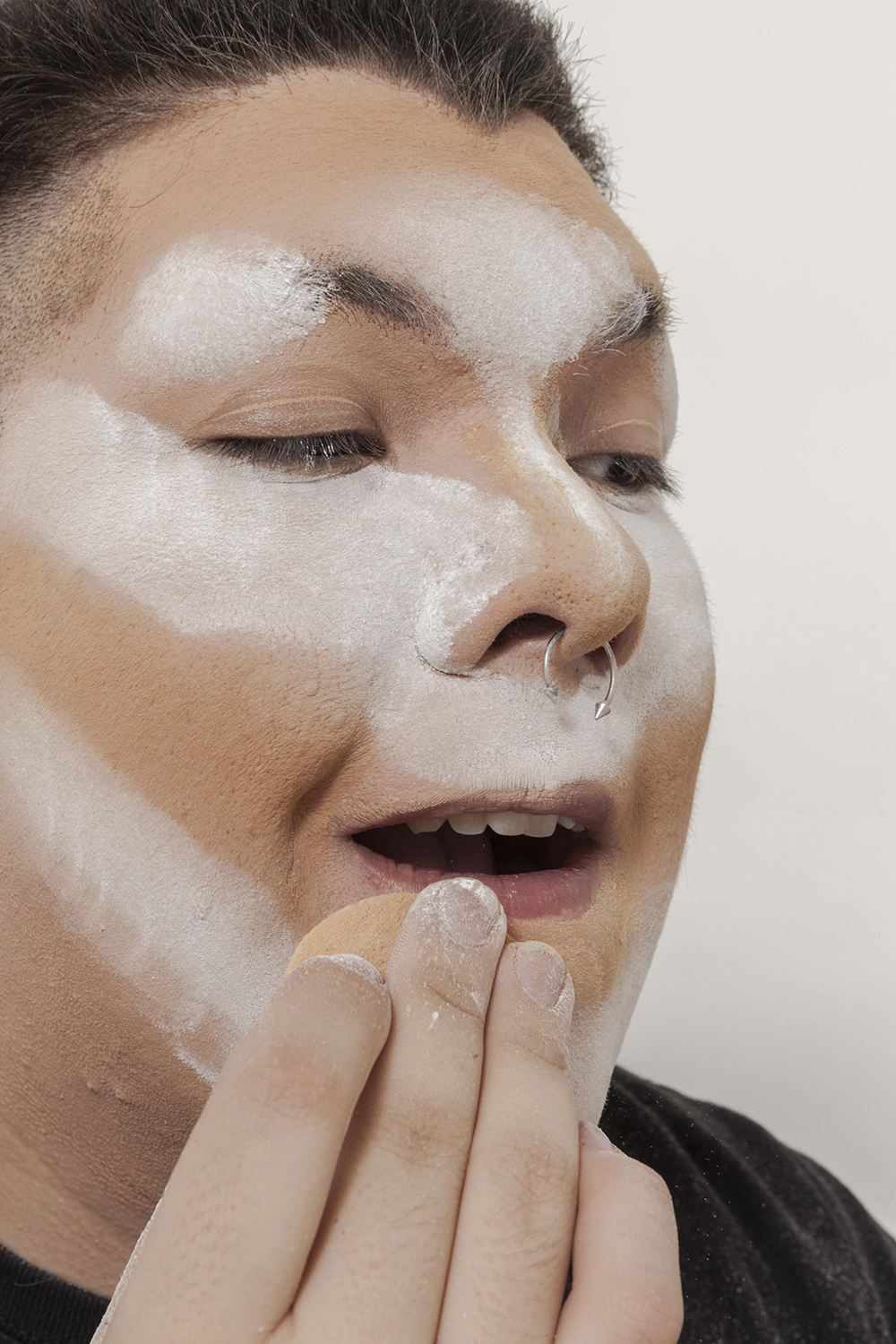
What was your first time being in drag like?
In the beginning it was scary, but I really wanted to go out and do it. In the end, my desire to do it overcame my fear about what others would say. I put on a blonde wig, I painted on black eyebrows, I put on my heels, and the rest is history.
What about drag attracted you the most?
The idea of transforming myself into something completely foreign, to be able to project a beauty that I never saw in myself. Honestly, drag has always interested me because I can transform myself into whatever I want to be.
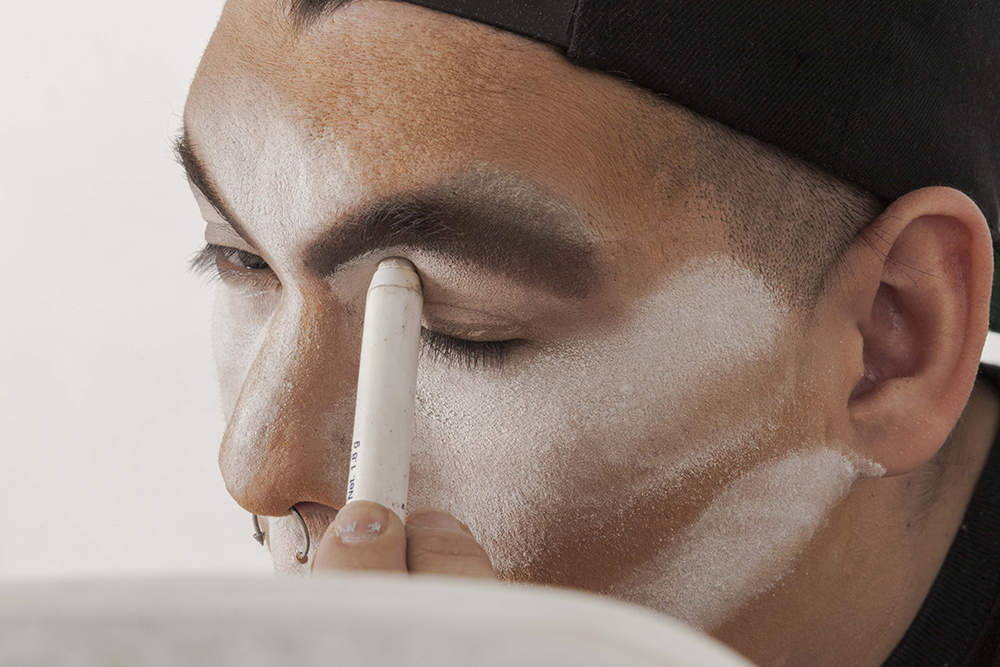
How did you learn to do your makeup?
A little intuition and tutorials on YouTube. I really started to get better thanks to the help and advice of my drag sisters.
What things did you do before that you don’t do now?
Before, I used makeup that was more subtle, and I didn’t use a corset or anything. Now, I can’t go out without a good corset and pounds of make-up on my face.
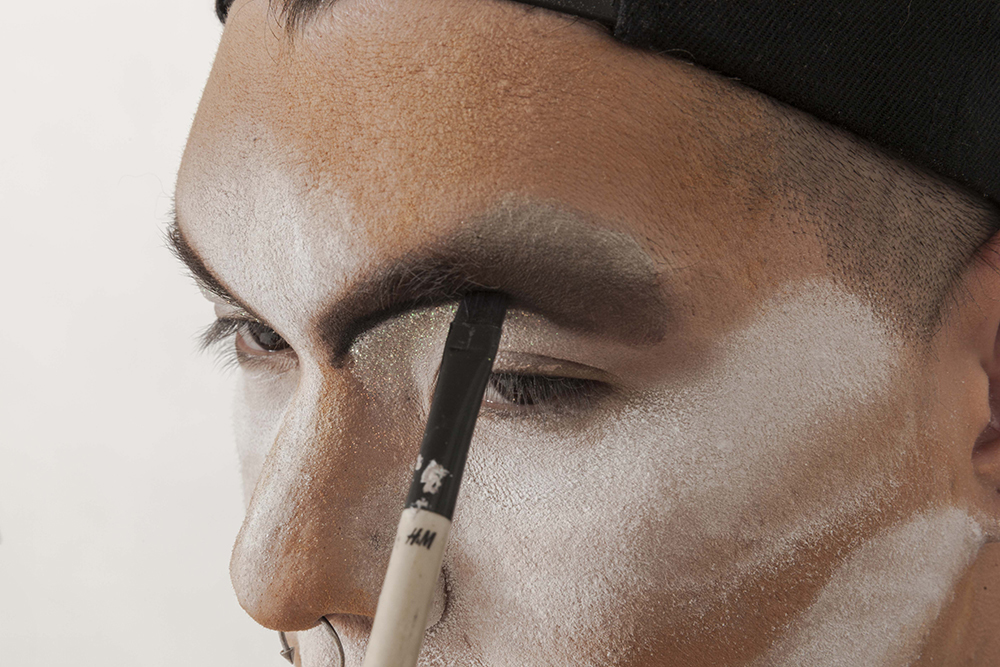
How long does it take you to transform yourself?
It depends. If I do it fucking fast and try to do something simpler, about an hour and a half. If I take my time and I’m with my girls, it can take three or four hours.
Did someone teach you how to do drag?
I believe that nobody teaches you to “do drag,” because drag is freedom and you can do whatever you want. However, when you surround yourself with people who come from contexts that are totally different than yours, but who share the same passion for the same things, one begins to enrich their understanding of drag and to really forge their drag personality.
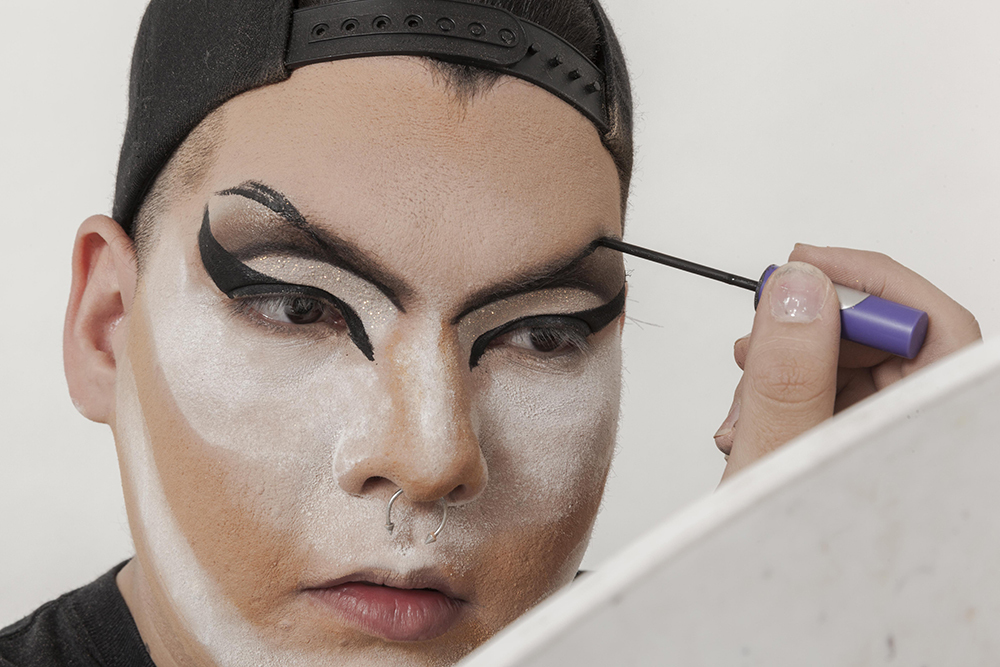
How can you maintain a career in drag?
Bit by bit. Don’t stop doing it, practicing it, living it; try to be a part of it, to be a constant presence in the scene.
What attributes would you say are essential for being a good drag queen?
To transgress. To provoke something in the viewer, in the person who’s watching you. Sometimes that’s something positive, sometimes negative, but a drag queen always makes the other person think, feel, dream, etc.
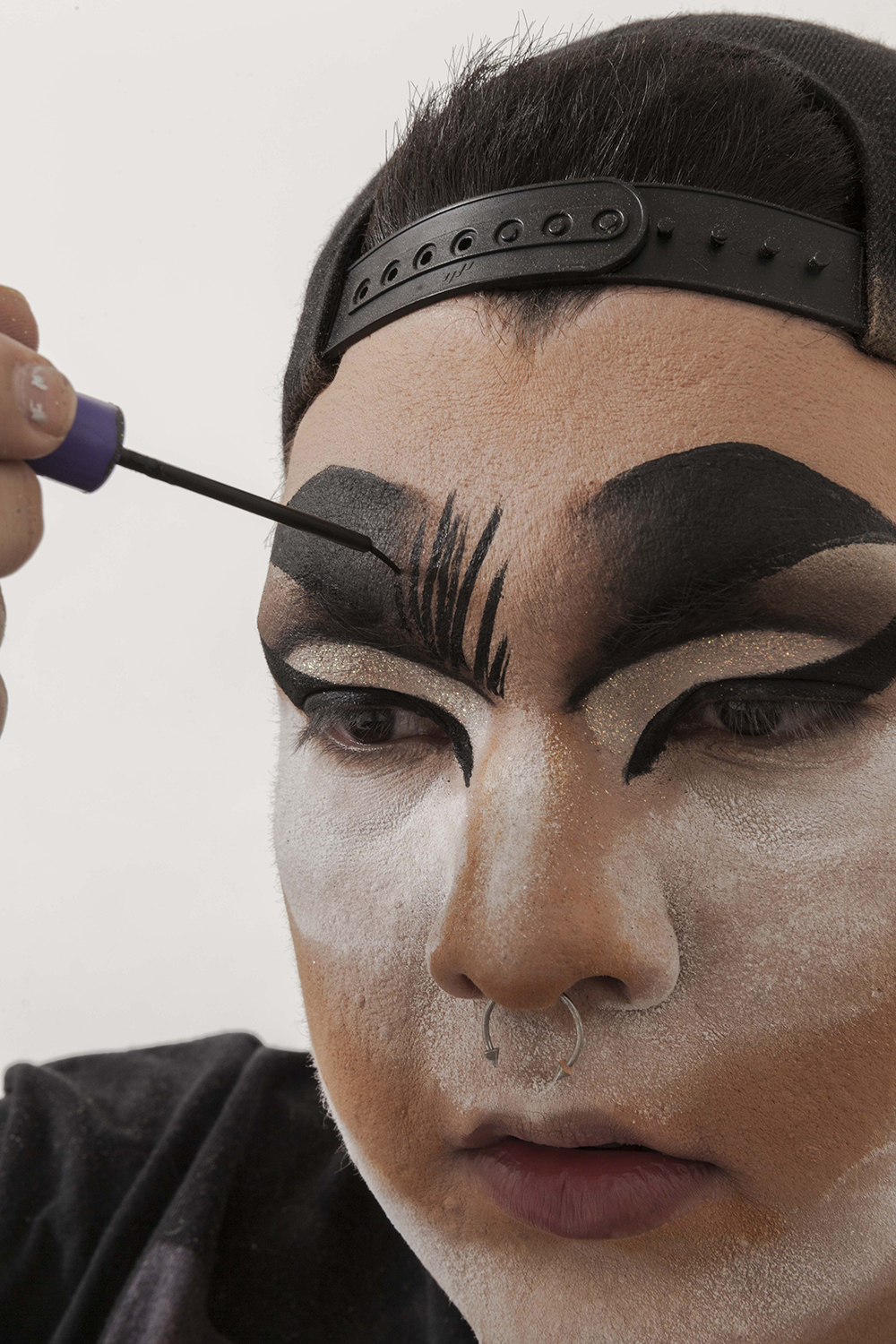
What role does defending your beliefs play in drag?
One has to stay true to who they are, where they come from. If not, they start to create shit in their head, and they become dizzy from all the glitter.
How have you discovered personal expression through drag?
Drag has made me someone who’s much more secure; it’s made me realize that it doesn’t matter what anyone else says, as long as you’re happy with who you are.
What is the importance of making fun of gender identity through the medium of drag in Mexican society?
We live in a context that’s deeply misogynistic, even within the LGBTQ community. I think that taking on the “feminine” role in a “masculine” body teaches people to think about the deconstruction of gender and how ambiguous and fragile it is in society.
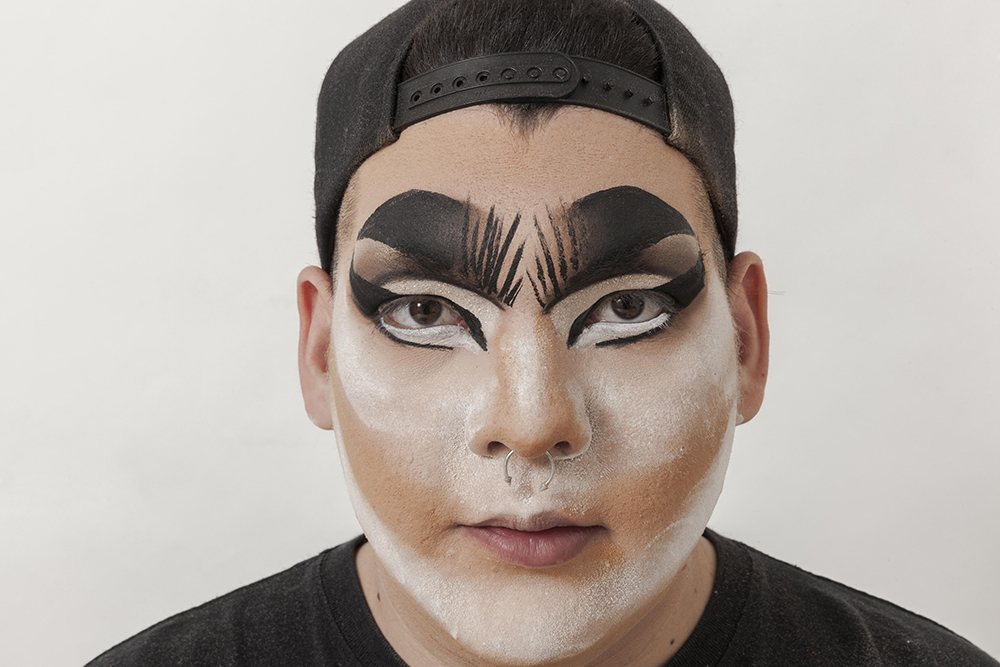
What would you say to someone who’s confronting Mexico’s beauty prejudices through drag, whether here in Mexico City, or in a smaller city?
I think that the “identity” of Mexico is very normative, very separate, and very Americanized. For me, drag is a test of the ambiguity of beauty. There are thousands of possibilities, thousands of bodies, shapes, sizes, and flavors. Drag plays with all of them and mixes them up, and does whatever it pleases with them.
How has doing drag in Mexico changed you?
In a certain way, it’s made me open my eyes. To ally myself with feminists, with queer ideologies, with dissident beauties and bodies. It’s helped me think and reflect even more about how normalized we still are in so many aspects of our lives.
How has the system of the Mexican drag scene changed in comparison to other parts of the world?
In Mexico, the new wave of drag is only three or four years old; it’s a more millennial wave. There are more and more people who want to do drag — some stay and others go, but in the end we’re an industry that’s being reborn and that’s rejuvenating itself; we’re just getting started. I’m sure it’s going to become even more dope and better than other countries, like the US and the UK.
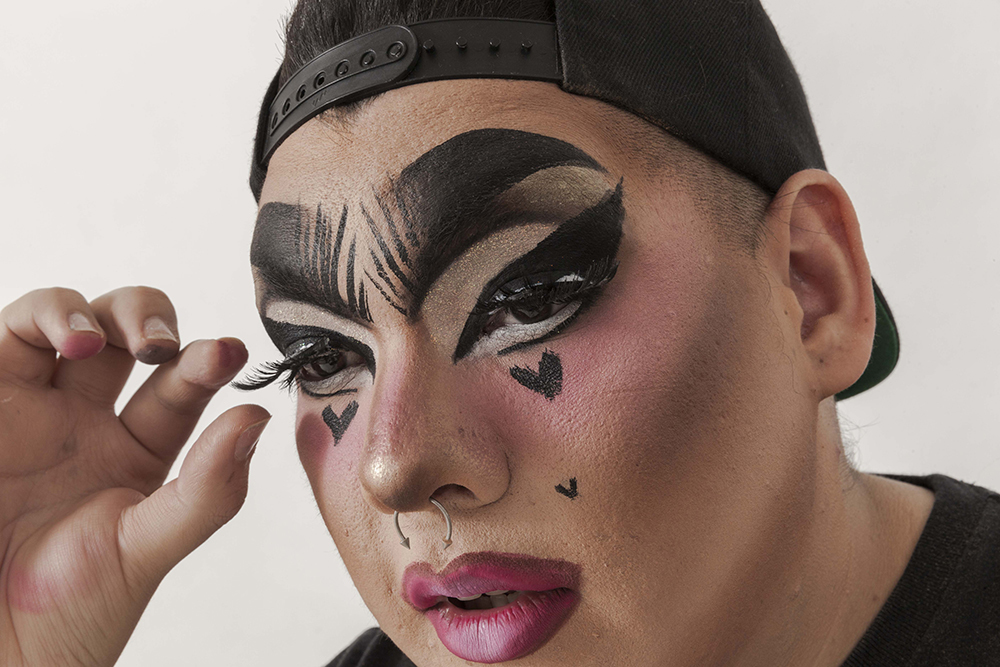
How did you get involved in La Carrera Drag de la CDMX, [the live drag race competition]?
I began as a viewer in the second season; in the third, I participated and came in in first place. From there, I joined the production team and was part of the judges’ panel. Right now, in the fifth season, I’m just participating as production (and sometimes as a judge).
For you, what does the show, La Carrera Drag de la CDMX mean for the drag scene?
I think it’s given a great opportunity to many local drag queens (and kings); it’s been a hothouse of talent that started as a game but has become a watershed for the actual drag scene. It’s seen by everyone: Designers, photographers, fashion editors, casting directors, influencers, etc. I’d dare to say that the most important drags — or at least the ones who are the biggest on the scene — have participated in a season of La Carrera Drag de la CDMX.

What do you think is missing and lacks resources in the drag scene here right now?
Right now, there’s no money to pay what it costs to do drag. Doing drag is really expensive and the jobs that pay well are few and far between. Given that, many of us have really had to be ingenious when it comes to stocking our closets, doing shows, having wigs, etc. Fortunately, this has also made us a drag scene that’s more interesting and creative compared to other countries. But everyone’s work should be paid well.
If someone wanted to start doing drag here, what would you tell them first?
To come out of their houses and check out the local drags, to ask for advice, to get involved in everything. YouTube is really a great resource, but to see it live is a thousand times better.
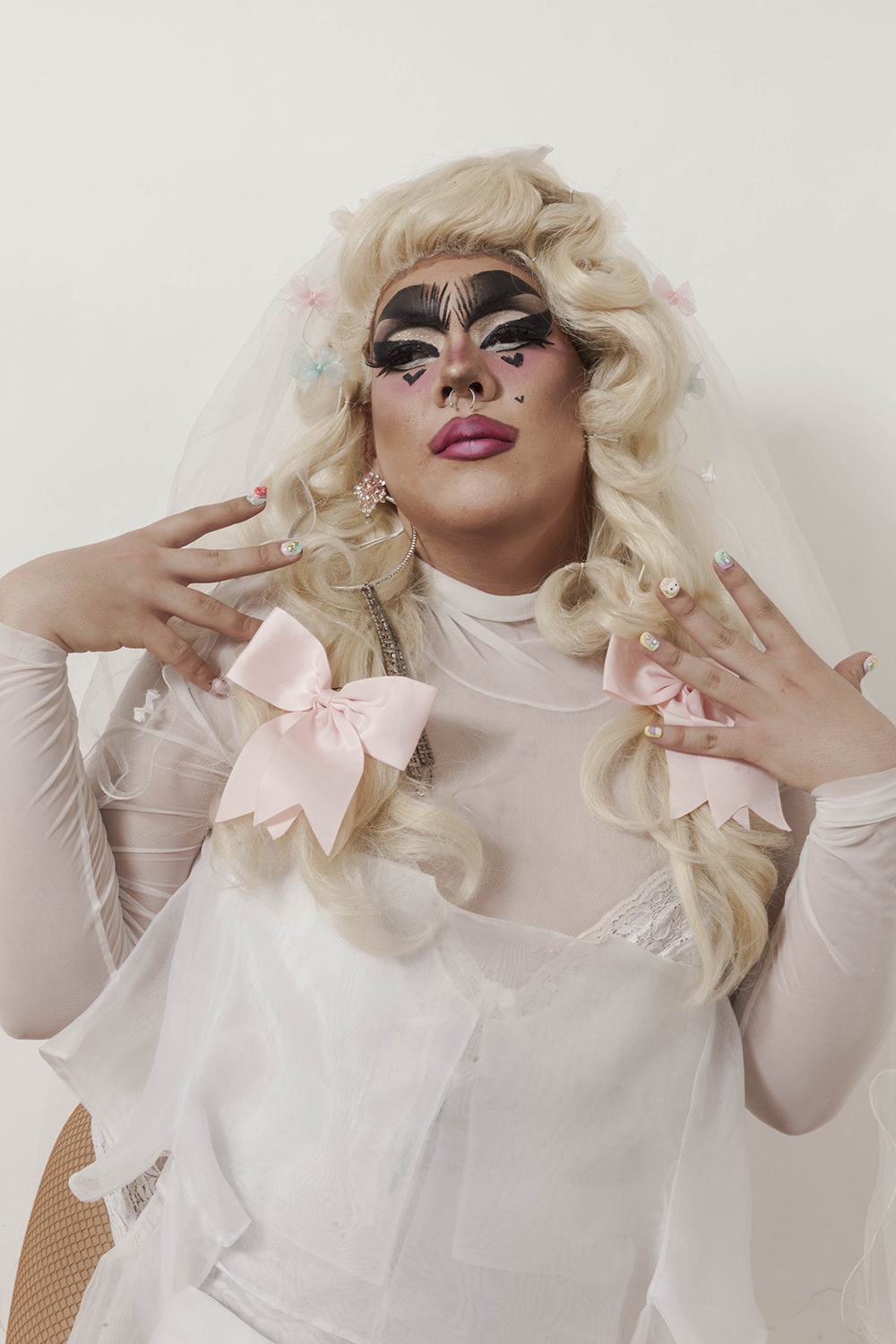
Who is a muse of yours that you’d love to meet? Alive or dead, drag or no drag.
I’d love to take a selfie with Pau Peña, [the spoiled daughter of Mexican president Enrique Peña Nieto], and be friends for life.
If you could change anything about the world or society, what would it be?
Ahhh — everything. Starting with machos.
What are you going to do for the rest of 2017?
Probably work and work; I hope I never stop. I’d love to travel and see more of the world.
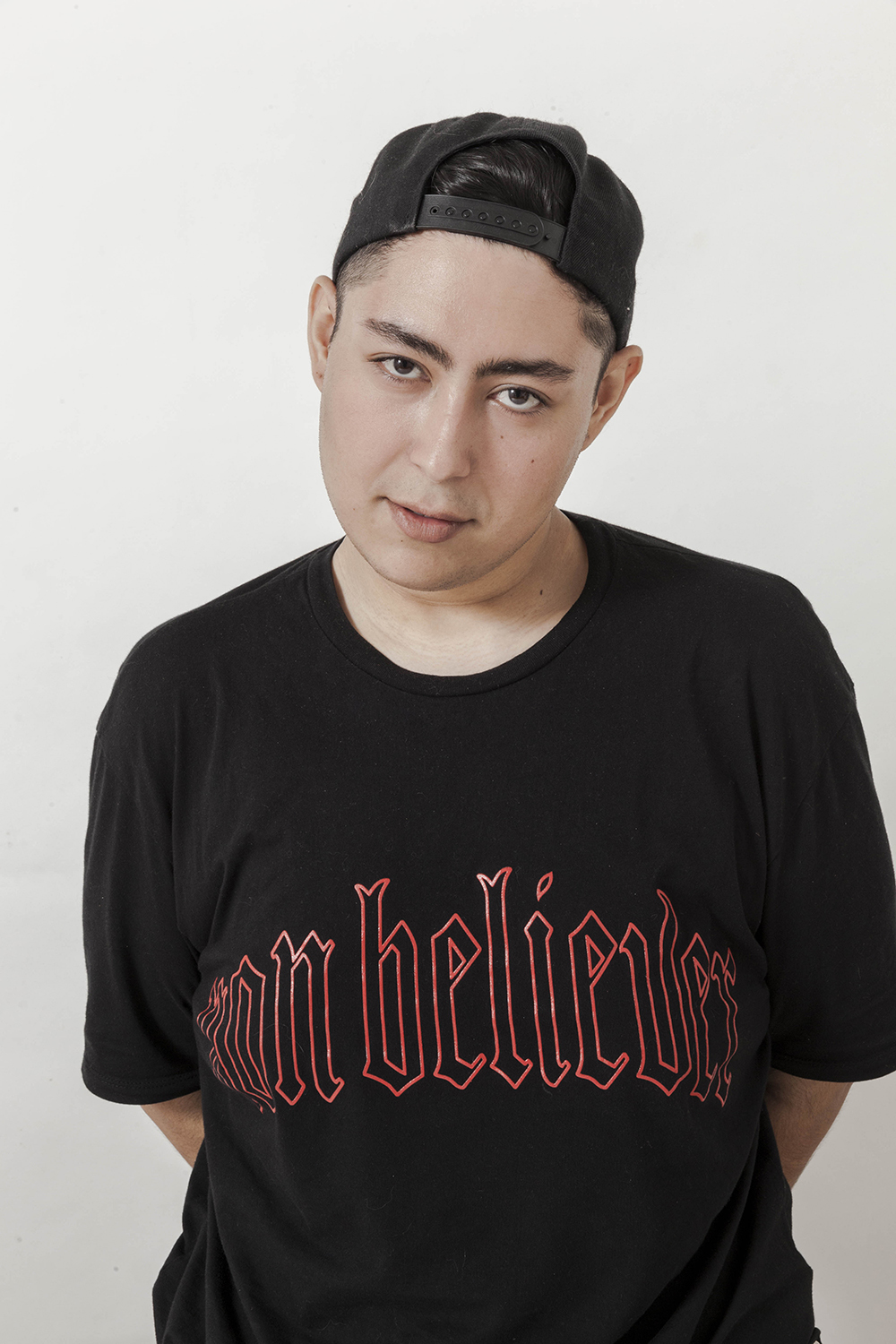
Gvajardo
Pablo Guajardo, 25 years old, Monterrey
Where do you live and why?
Monterrey, because what the city needs is people who want to do something for it.
What do you do?
I’m a DJ, makeup artist, and resident judge in the most important drag competition in the northern part of the country, Regias del Drag.
How would you describe your character Gvajardo?
Gvajardo is the villain of any story; she steals boyfriends; she’s the jealous one, the one who says to your face that you’re a bitch. A narcotic diva who only dreams of being part of a Gothic orgy.
When did you start doing drag?
Three years ago.
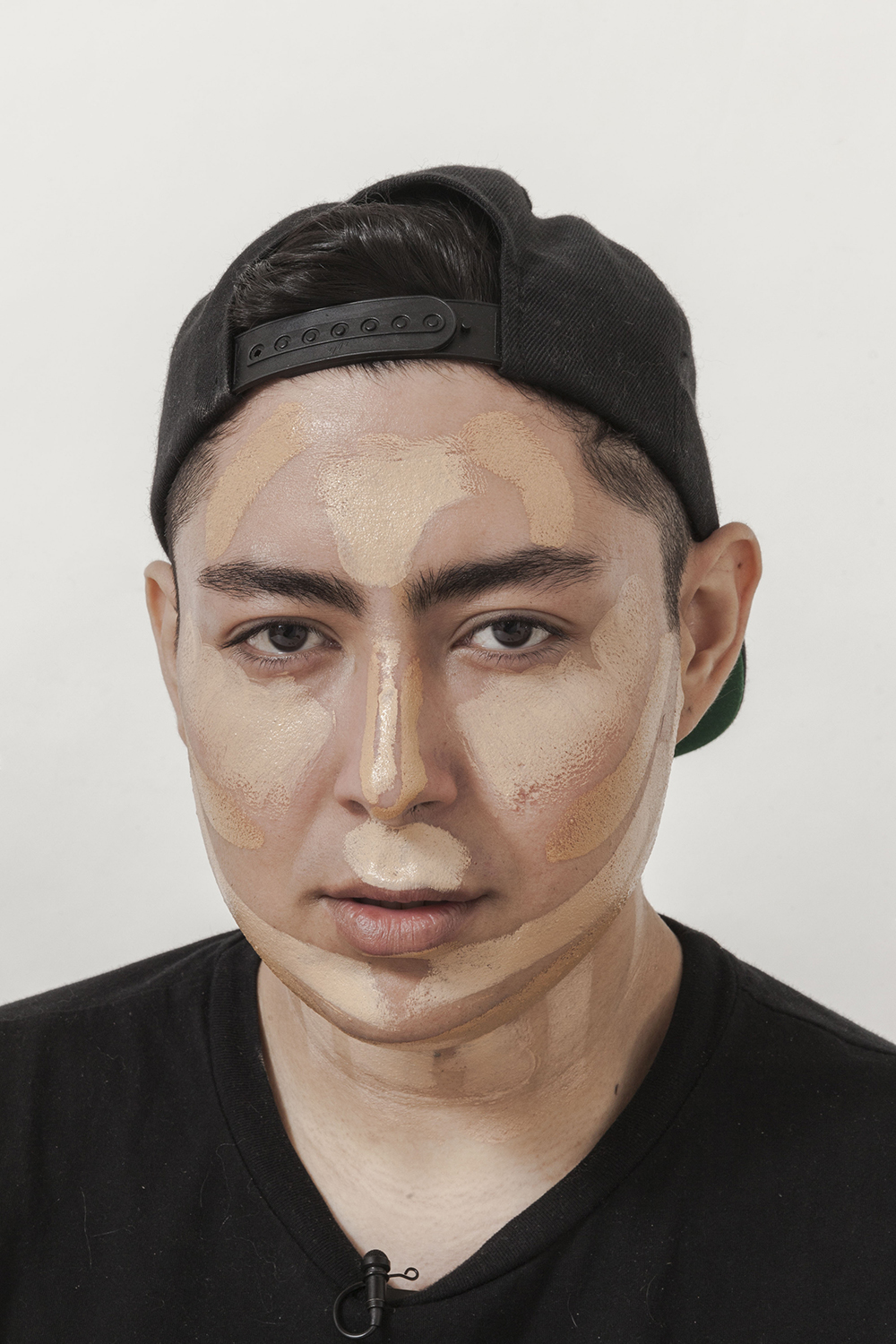
Where do you usually do drag?
As a DJ, I have the opportunity to be in a variety of scenes in Mexico, but to see some of my drag shows, Brut33 in Monterrey is my home bar.
How was your first time doing drag?
Horrible, obviously; for most people, it’s not beautiful the first time you do it, but it’s an incredible feeling. I remember that I had terribly done eyes, a little blush, and obviously, a little lip gloss because I was scared.
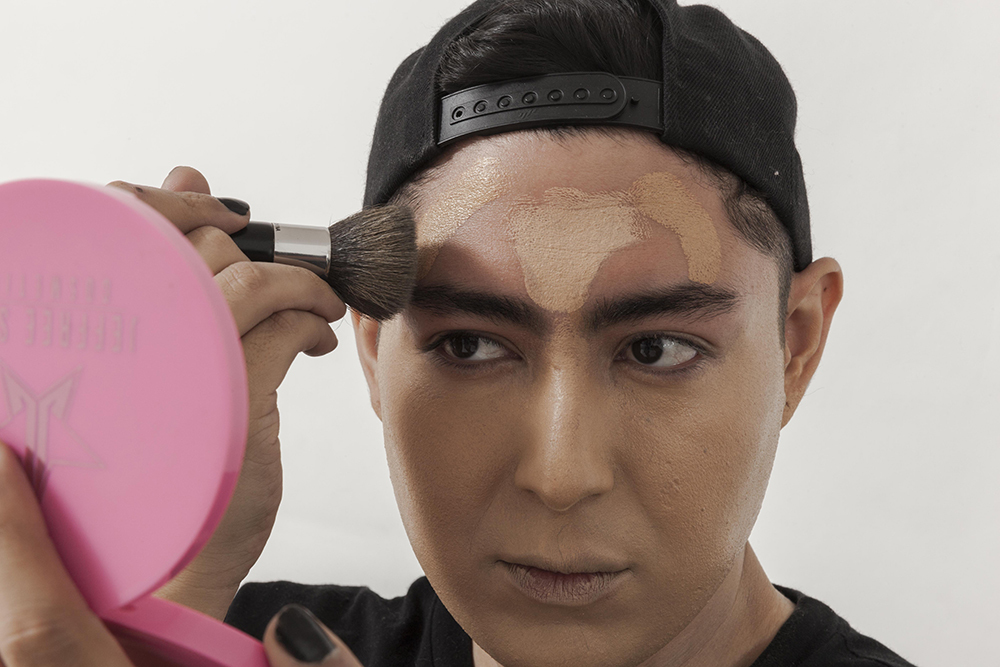
What was most appealing to you about drag?
When I was in university, I was studying language and audiovisual production and at that time, I was interested in fashion photography. As I got into production, I realized that what I enjoyed most was the process of makeup and styling, etc. From there, I began to practice on myself and without really realizing it, I fell into cross-dressing.
How did you learn to do your makeup?
Trial and error; by practicing and watching tutorials on YouTube.
What things did you do before that you don’t do now?
Have complexes and be confused about my identity.

How long does it take you to get made up?
In an hour and a half I’m ready with my wig.
Did anyone teach you to do drag?
No. It wasn’t until I already had about two years doing drag that I met another drag queen. YouTube was my drag mom.
How can you make a living through drag?
I keep trying to find out.

What attributes would you say are essential for being a good drag queen?
For me, drag has to make you feel something, whether that’s making you want to jump up and scream “YASSSS!” or among your friends say, “I hate her!”, Now from the inside, there are a lot of things that go into drag, from the technical aspect to the presentation of your body and your wig, and the whole construction of the scene. At the end of the day, drag is personal and the rules and standards were made to be broken. Be you and snatch my wig.
What roles does defending your beliefs play in drag?
At the end of the day, drag is a political act, and as such, it demonstrates resistance and expresses our own ideas and individualism. The simple act of going out into the street in high heels and a wig takes a lot of courage and shows that you’re ready to defend yourself, come what may.

How have you expressed yourself through the medium of drag?
For me in particular, drag opened the door to gender fluidity in my life. It helped me to encounter myself as a man and liberate all of my feminine energy, channeling it into something that gives me life.
What’s the importance of making fun of gender identity through drag in Mexican society?
This is a really complicated subject for me. Often, people see drag as a form that makes fun of women; some trans women have expressed their disgust with this form of expression, but in my case, drag is part of my gender identity and fluidity, and so I don’t consider it a derisive act.
What would you say to someone who’s confronting Mexico’s beauty prejudices through drag, whether here in Mexico City, or in a smaller city?
What are prejudices? For me, it’s always important — especially with the girls in Regias del Drag, the competition that I judge — to inculcate in them that as a drag queen, you have the opportunity to get rid of complexes and show who you really are, to use the moment as an escape to feel truly yourself. To be yourself is the best way to free yourself of prejudices.
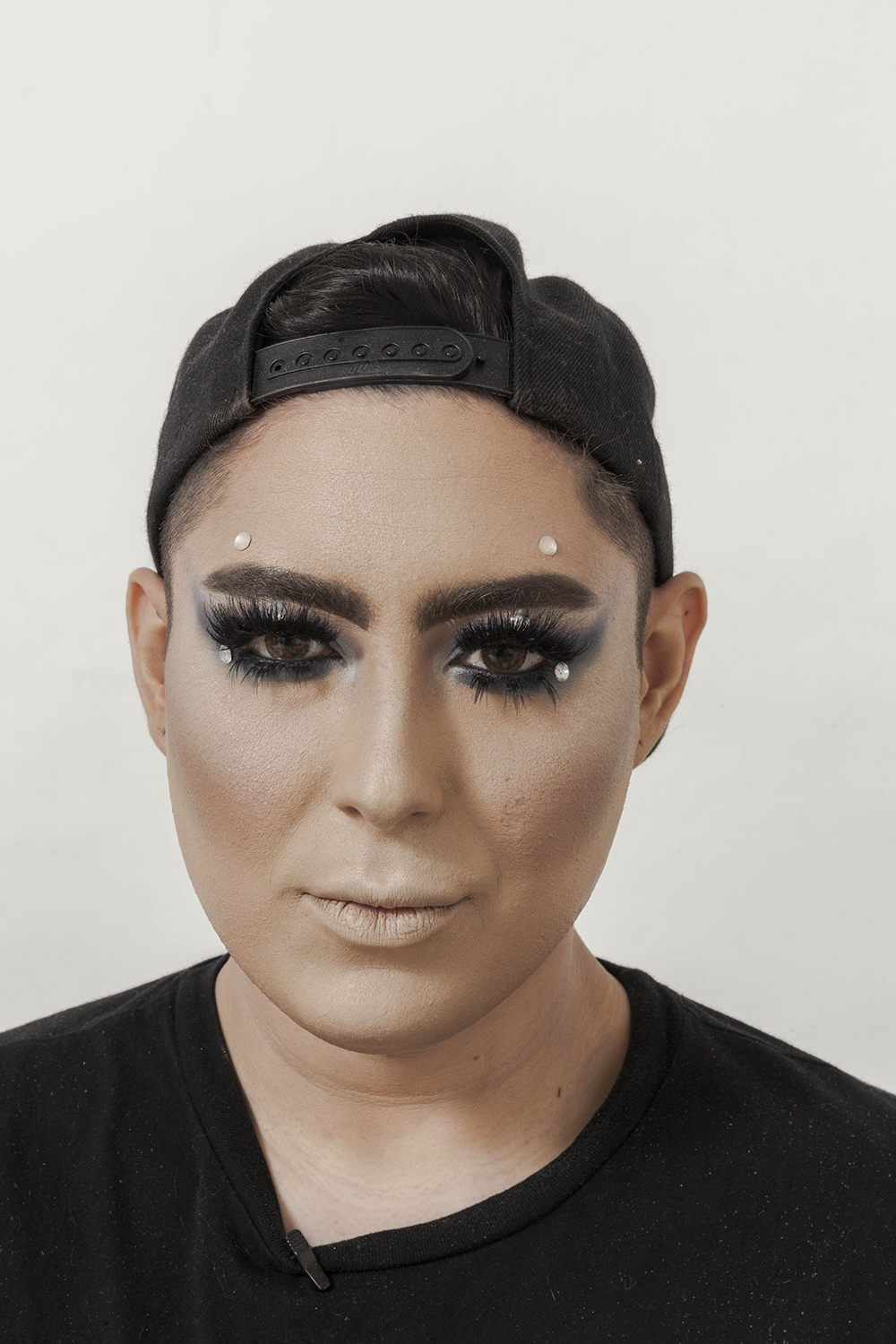
How has doing drag in Mexico changed you?
In my case, it was the best thing that could have ever happened to me. It not only gave me work; it also gave me the opportunity to do so many things I never dreamed of, both as a DJ and as an artist in general.
How has the drag scene in Mexico changed compared to other parts of the world?
The drag scene in Mexico is relatively new. Add to that the stigma of cross-dressing, and it’s a big job to do drag today. If it’s true that in Mexican society, the act of [a man] dressing as a woman is something that can be called “denigrating,” at the end of the day, drag tries to educate and be expressive, and to be part of the entertainment industry’s multiple facets.
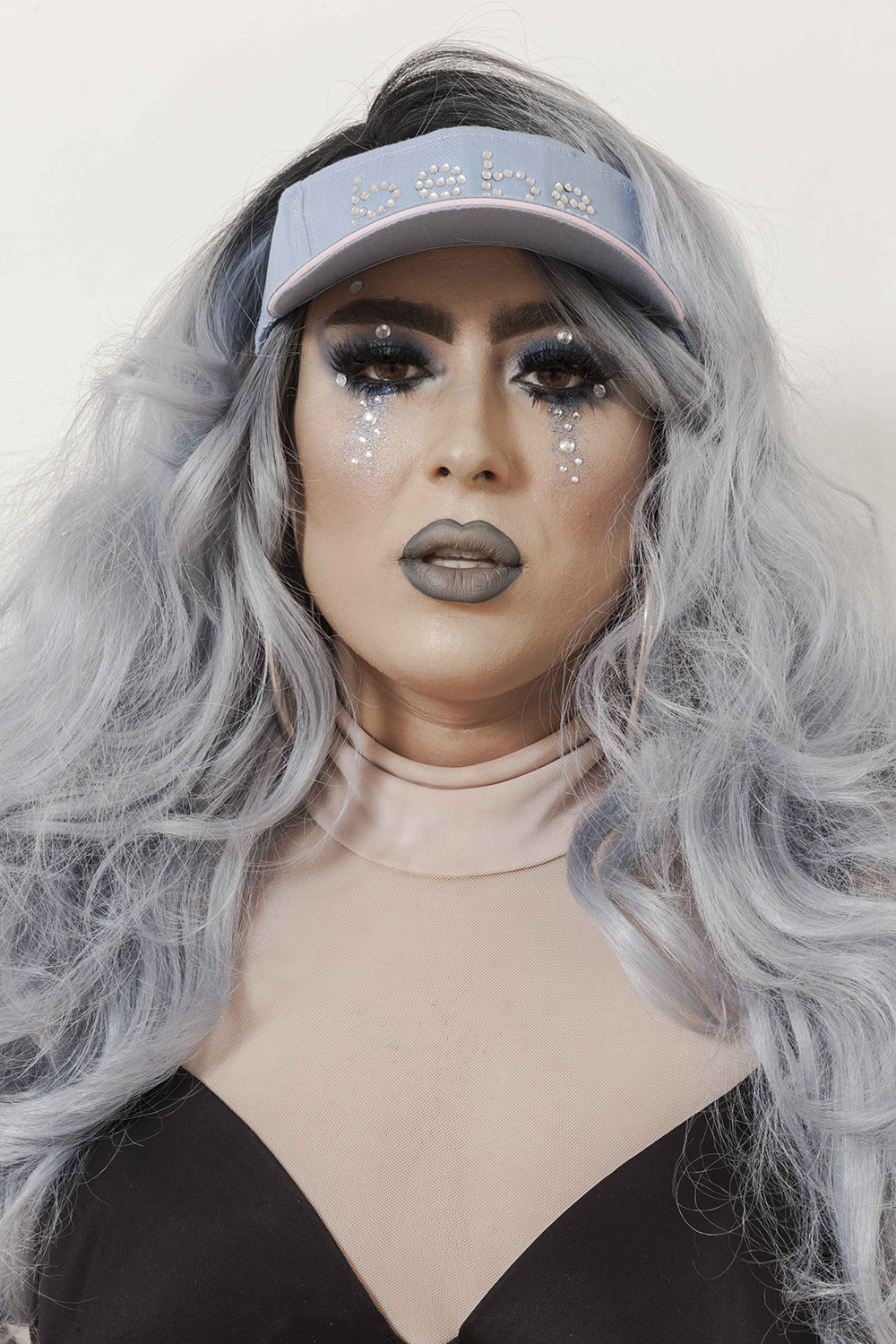
How did you get involved in La Carrera Drag de la CDMX?
I have the great luck to be part of the extended family of La Carrera Drag de la CDMX. Thanks goes to Paris Bang Bang, who was one of my first drag queen friends and who from the beginning welcomed me with open arms and invited me on multiple occasions to be part of the panel of judges. I admire her so much and I’m very happy to be part of this big dream.
For you, what does La Carrera Drag mean to the drag scene in Mexico?
La Carrera Drag de la CDMX is THE drag niche in Mexico, no doubt. The best drag queens in the country have passed through this competition and if not as competitors, then as queens who are united with the same goal of creating community and nurturing new talent.
What do you think that’s missing in terms of resources?
In Mexico, we need a contest that’s mainstream in nature. This is happening bit by bit, so we can’t really say it’s because of a lack of resources.
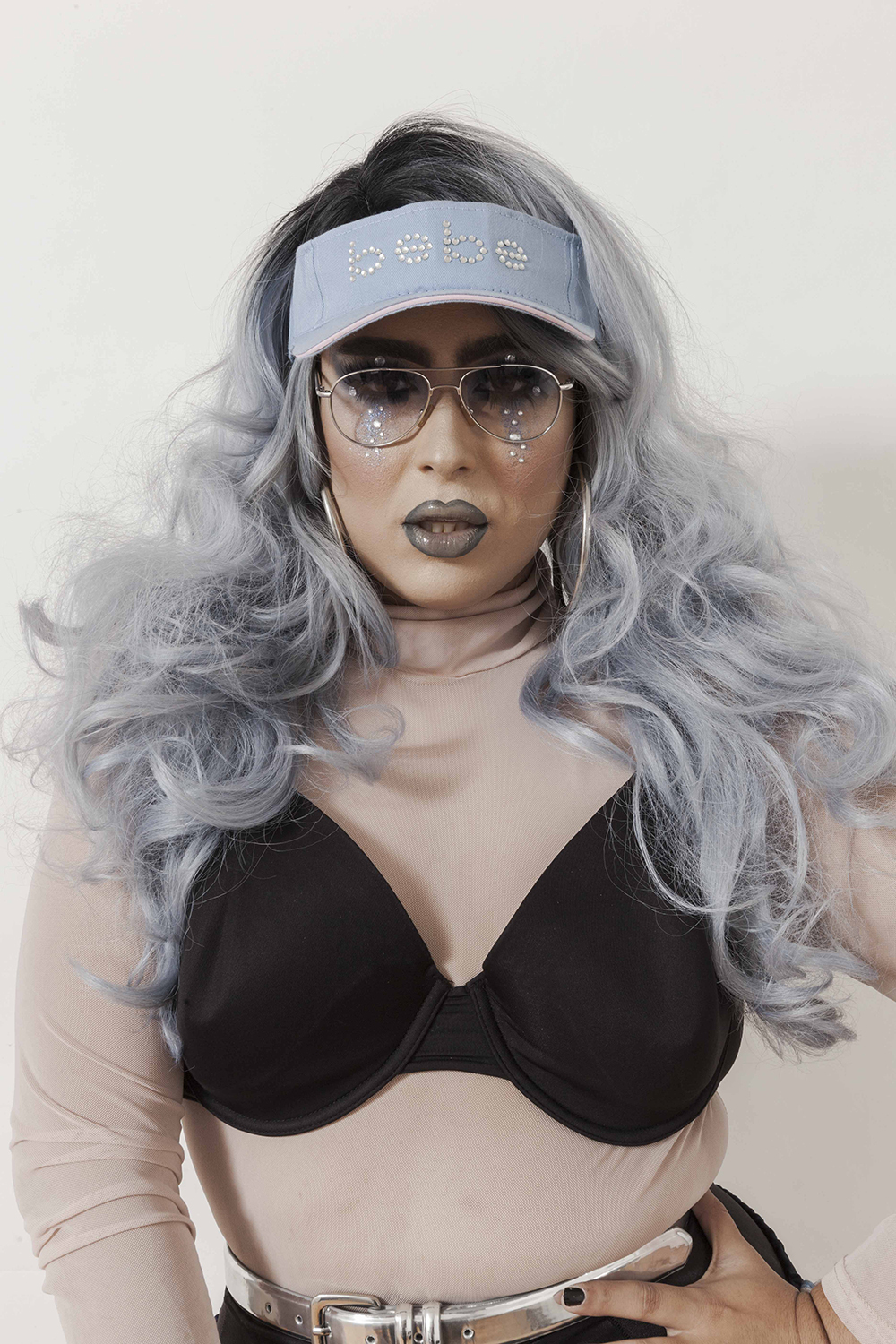
Where would you send someone who’s just getting started in drag?
Even though it’s a bit cliché, I’d sit them down to watch Paris is Burning.
Which of your muses would you love to meet? Alive or dead, drag or no drag.
Octavia St. Laurent and Francis.
If you could change something about the world or society, what would it be?
I’d love it if society and the world in general could understand that iconic Benito Juárez phrase: “Peace is respect for others’ rights”, or, put more simply, “Don’t fuck with me: Why is it important to you what I do?” or “Do you want me to break your face? Bye, jealous!”
What are you doing for the rest of 2017?
What am I not going to do for the rest of 2017?! I’m going to keep traveling to play at parties as a DJ [and] the second season of Regias del Drag in Monterrey is coming up, but the most emotional thing for me is that my music is finally coming out; I’m working on my mixtape with my favorite producers and I’m sure that wigs are going to fly!

Debra Men
Ángel Moncada, 25 years old, Mexico City
Where do you live and why?
Ecatepec, because that’s where we happen to live.
What do you do?
I’m a professional makeup artist.
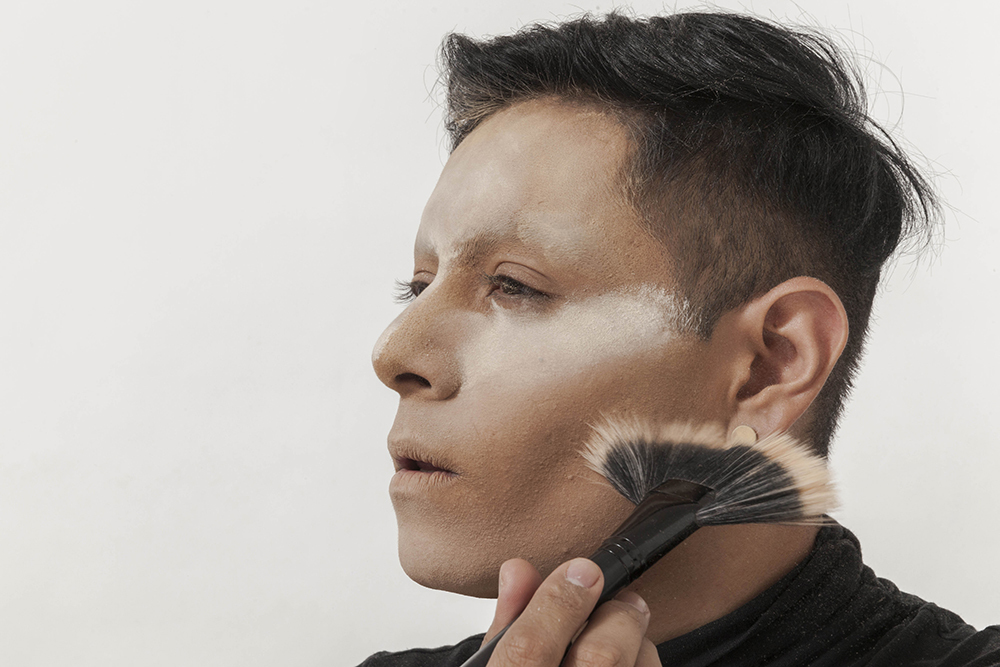
How would you describe your character Debra Men?
She’s a real chameleon who can be a beautiful woman or an exquisite monster.
When did you start to do drag?
Three years ago.
Where do you usually do shows?
In clubs and bars in the center of Mexico City.
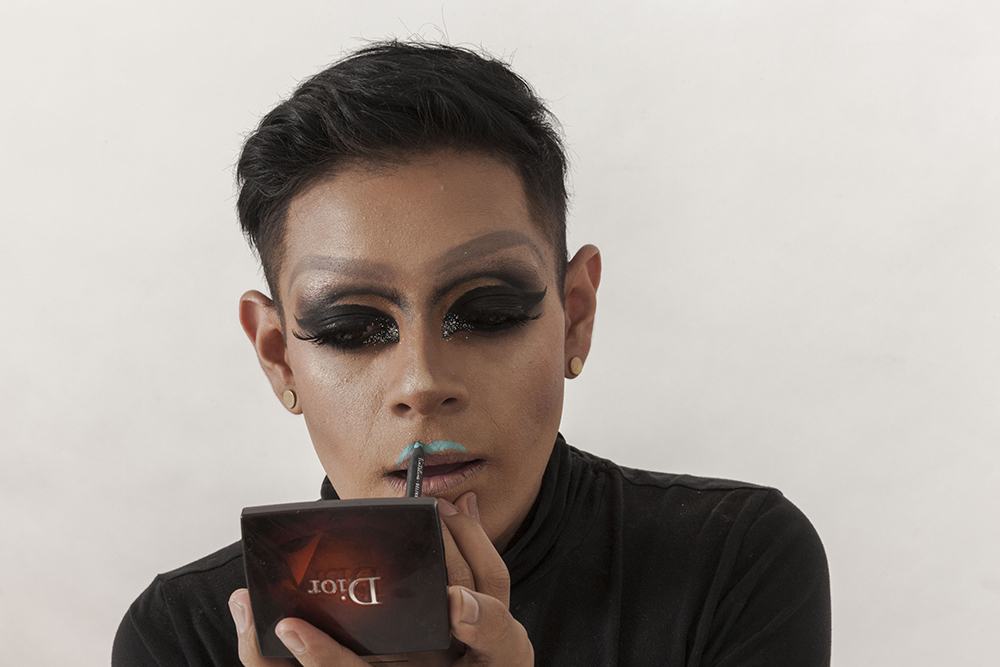
When was the first time you did drag?
It was Halloween, as Elphaba [a character from the Broadway play, Wicked]. It was a disaster.
What attracted you most to drag?
There wasn’t a particular point at which I decided to make that transformation; it was very sporadic.
How did you learn to do your makeup?
YouTube.

What kinds of things did you do before that you don’t do now?
I was a fucker.
How long does it take you to get ready?
Like, two and a half hours, but if I hurry, and hour and a half.
Did someone teach you how to do drag?
Everything is a remix. I learn from everywhere.
How do you make a living doing drag?
Working hard and doing what you like.

What attributes would you say are essential for being a good drag queen?
To be really strong.
What role does defending your beliefs play in drag?
[A fundamental one]. I always say what I think and how I think it, without fear of anything.
How have you discovered personal expression through drag?
It’s given me a sense of self-assurance.
What’s the importance of making fun of gender identity through the medium of drag in Mexican society?
It’s not about making fun of, but about pointing out the importance of. And what about gender?
What would you say to someone who’s confronting Mexico’s beauty prejudices through drag, whether here in Mexico City, or in a smaller city?
It doesn’t matter what you have imposed upon you, you still have the same worth. Let’s express.
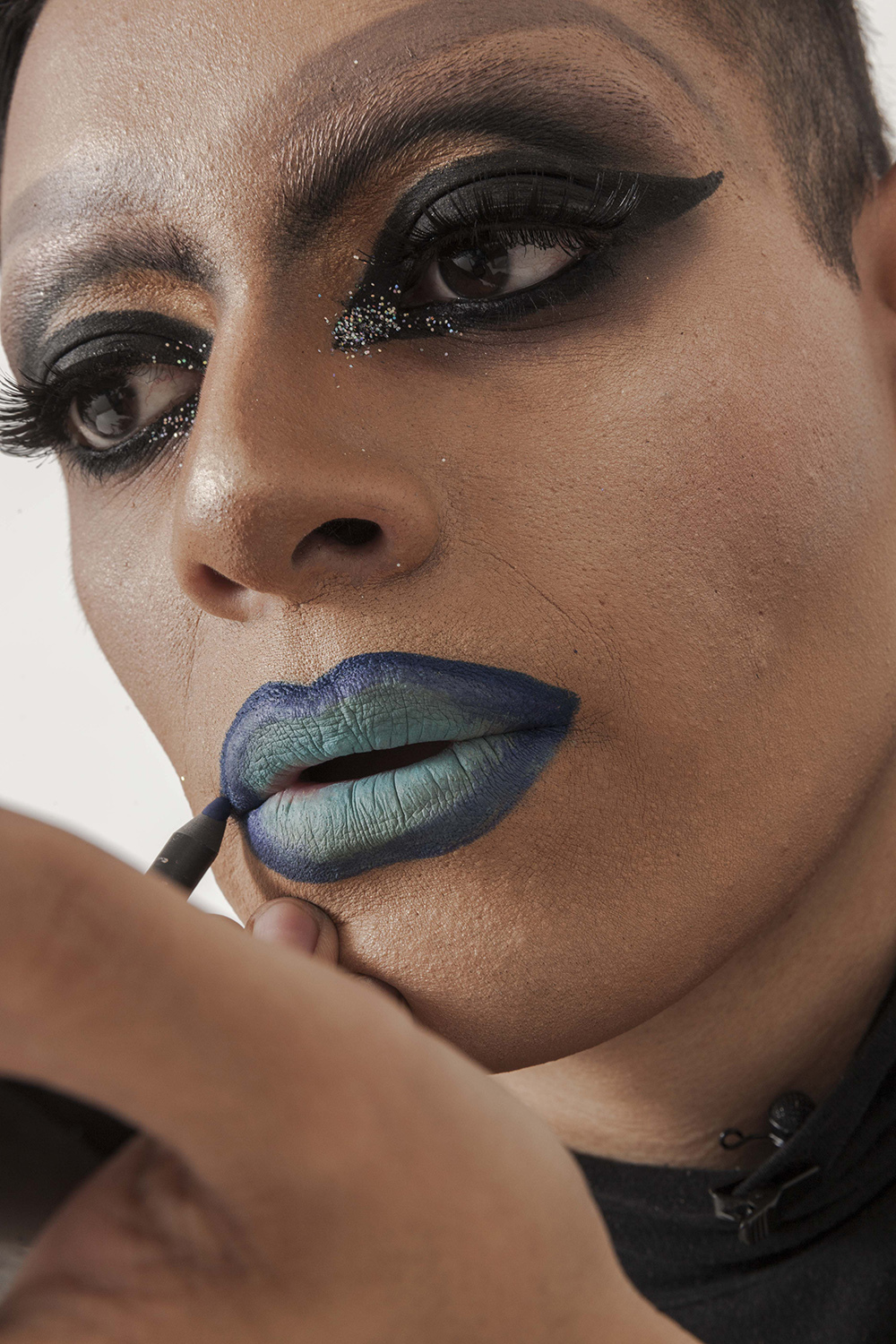
How has doing drag in Mexico changed you?
I’m totally a different person. I’m more secure.
What do you think the drag scene in Mexico lacks compared to the rest of the world?
I think it lacks more diffusion so that people can know us more, but we’re getting there, bit by bit.
How did you get involved in La Carrera Drag de la CDMX?
From the beginning, with my girl Paris in the Marra 2.0 with 20 assistants.
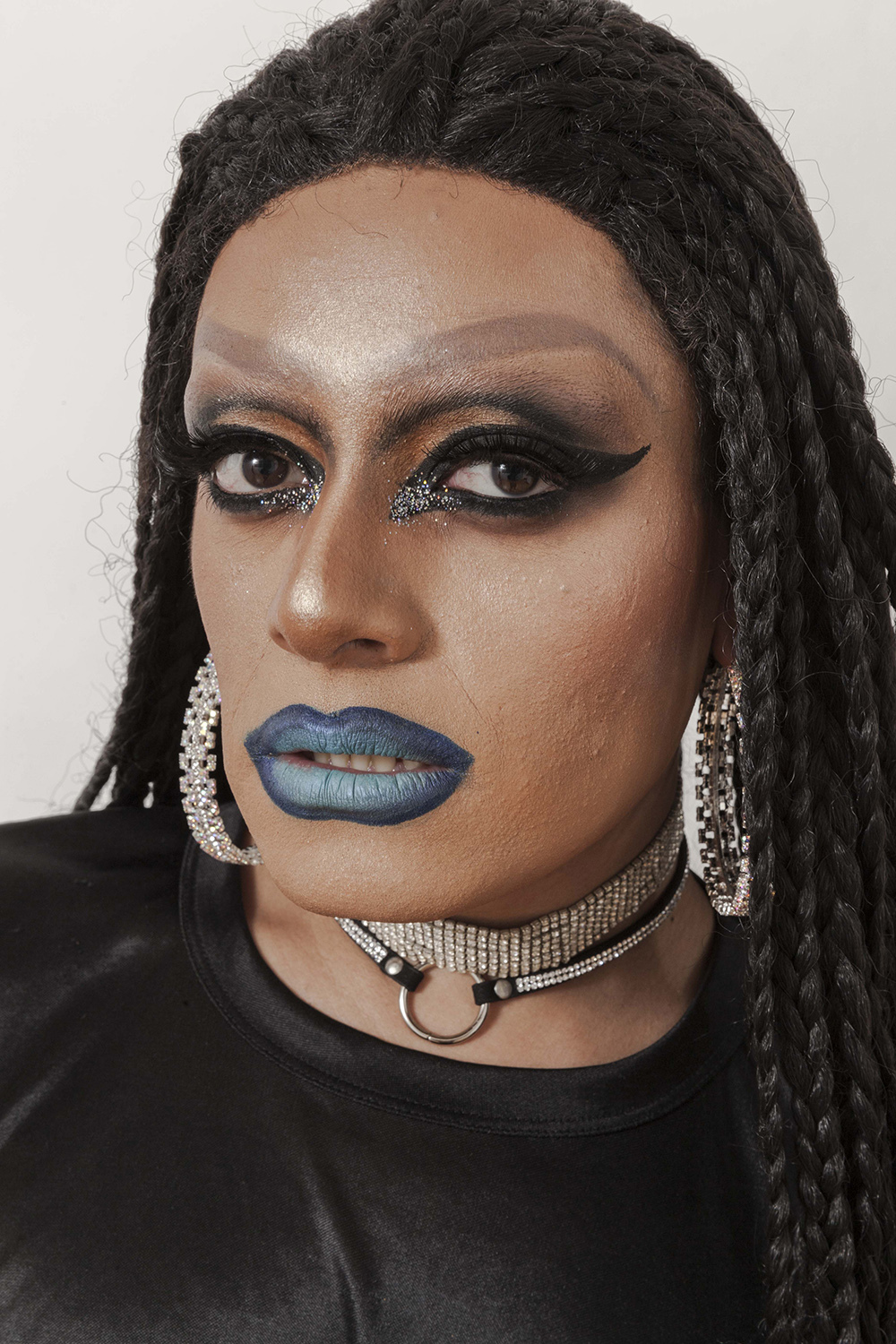
For you, what does La Carrera Drag mean for the drag scene in Mexico?
I think it’s an incredible project that offers new talent a space to show what they know how to do.
What do you think is lacking but doesn’t have the resources to be done right now?
Platforms and diffusion — it would be amazing to be televised.
If someone wanted to get started in drag, where would you send them first?
I’d say, “Get about 7,000 pesos and let’s go to the Centro.” That’s about what you need to put together your first drag.

Who would you love to meet who’s your muse? Alive or dead, drag or no drag.
Rihanna, truly.
If you could change something about the world or society, what would it be?
Here’s my mantra: Do what makes you happy, without hurting others. I wish that the whole world could achieve that.
What are you doing for the rest of 2017?
I’ve got several theatre projects, so I’ll be focusing on that.
The fifth season of “La Carrera Drag de la CDMX” has a new live episode every Thursday in the Garibaldi Theatre (Eje Central Lázaro Cárdenas 43, Colonia Centro neighborhood, Mexico City) at 8 PM.


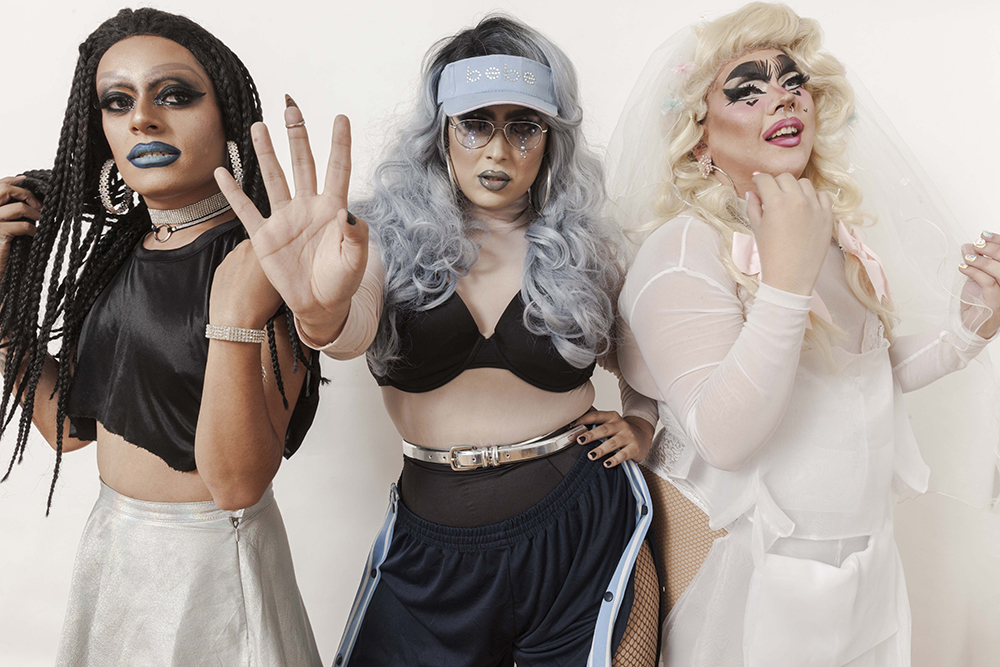
Credits
Text Diego Menchaca and Cheryl Santos
Photography Gerardo Maldonado
Styling Zaid Osuna
Translation Julie Schwietert Collazo
